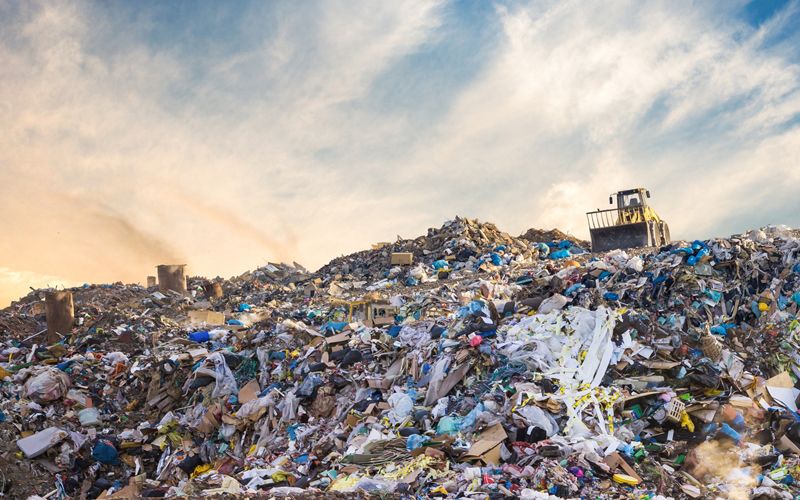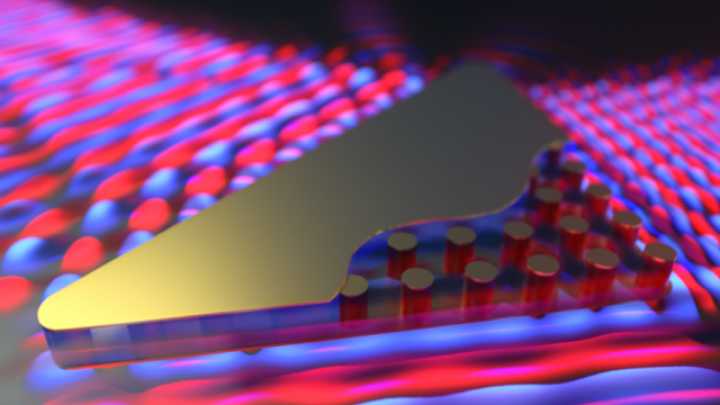Page 8161
Jan 30, 2019
All-in-one transparent transistors
Posted by Quinn Sena in categories: computing, solar power, sustainability
Small tweaks in component ratios generate electronically different layers from the same material to create transparent transistors.
Worldwide demand is growing for transparent conducting oxides for use in solar cells, flat panel displays, smart windows and semiconductor-based consumer electronics. KAUST researchers have engineered a zinc-oxide-based transparent material that displays tunable electronic properties depending on the tweaking of a new type of dopant.
Transparent electronics rely on indium tin oxide, a transparent and electrically conductive material that has an exorbitant cost due to the scarcity of indium. Zinc-oxide-based materials, such as hafnium-doped zinc-oxide materials, are expected to offer affordable, green and abundant alternatives to indium tin oxide. However, hafnium-doped zinc-oxide materials typically require high deposition temperatures and display inadequate performance for real-life device applications.
A mysterious strain of fungus that scientists found in a garbage dump in Pakistan eats plastic.
Jan 30, 2019
‘Recycling’ Energy Seen Saving Companies Money
Posted by Quinn Sena in categories: economics, energy, sustainability
A Chicago-based entrepreneur says many industrial power users can save money, get more electricity, and reduce greenhouse gas emissions by using the energy they already consume more efficiently. It’s called recycling energy — capturing waste heat and turning it into power.
Jan 30, 2019
New Metamaterial Transmits Light With No Energy Loss
Posted by Quinn Sena in categories: computing, mobile phones, space
Very soon we might be able to say good riddance to the overheating laptops, phones and tablets that we deal with every day. Electrons carry information around circuits but lose energy as heat during transmission. Electrons are the best thing we have right now for computing, but in the near future we could wave goodbye to electronics and welcome photon, or light, communication that will be both faster and cooler. There are still few hurdles before we can get this technology in every home and every pocket, but one of its limitations was just solved by the development of a new metamaterial.
A metamaterial is a substance that has properties not observed in nature. In this case, the special property is its refractive index, a value that describes how light propagates through a medium. Take water or glass, for example, which cause light rays to bend as they travel through them. This is why pools always look shallower than they actually are.
The new metamaterial has a refractive index of zero, which means that the light phase in the material can travel infinitely fast. This doesn’t mean that relativity is violated by this material, though. Light has a “group velocity,” the velocity at which the wave propagates into space, and a “phase velocity,” the velocity at which the peaks of the waves move with respect to the wave.
Continue reading “New Metamaterial Transmits Light With No Energy Loss” »
Jan 30, 2019
Light-filled, sustainable office in the Netherlands produces all of its own energy
Posted by Quinn Sena in categories: solar power, sustainability
This green office in the Netherlands produces its own energy thanks to solar panels. See the other sustainable design features, like a green roof and more.
Jan 30, 2019
Pet food manufacturers are experimenting with insects instead of meat
Posted by Quinn Sena in category: food
Pet food manufacturers are turning to edible insects as the main ingredient in their products. Read on to find out all the benefits!
Jan 30, 2019
NASA’s “nearly silent” supersonic X-Plane goes into production
Posted by Quinn Sena in category: transportation

NASA has started production of a plane that will fly faster than the speed of sound, but will be almost inaudible from the ground below.
The US space agency plans to bring supersonic speeds back to commercial air travel with the X-Plane. But unlike its predecessor Concorde, its sonic booms will be too soft to be noticed from the ground.
Continue reading “NASA’s ‘nearly silent’ supersonic X-Plane goes into production” »

In partnership with NASA, the Lockheed Martin Skunk Works team is solving one of the most persistent challenges of supersonic flight – the sonic boom. NASA awarded Lockheed Martin Skunk Works a contract in February 2016 for the preliminary design of X-59, designed to reduce a sonic boom to a gentle thump.
In 2018, Lockheed Martin Skunk Works was selected for the design, build and flight test of the Low-Boom Flight Demonstrator (LBFD). The X-59 aircraft will collect community response data on the acceptability of the quiet sonic boom generated by our design, helping NASA establish an acceptable commercial supersonic noise standard to overturn current regulations banning supersonic travel over land. This would open the door to an entirely new global market for aircraft manufacturers, enabling passengers to travel anywhere in the world in half the time it takes today.
Jan 30, 2019
Don’t Throw Out Your Dog’s Poop: It’s Now A Valuable Natural Resource
Posted by Quinn Sena in category: energy
This new household appliance turns it into energy.
- https://twitter.com/share?url=https://www.fastcompany.com/30…0Resource” rel=“noopener noreferrer”>
2 minute Read.
















